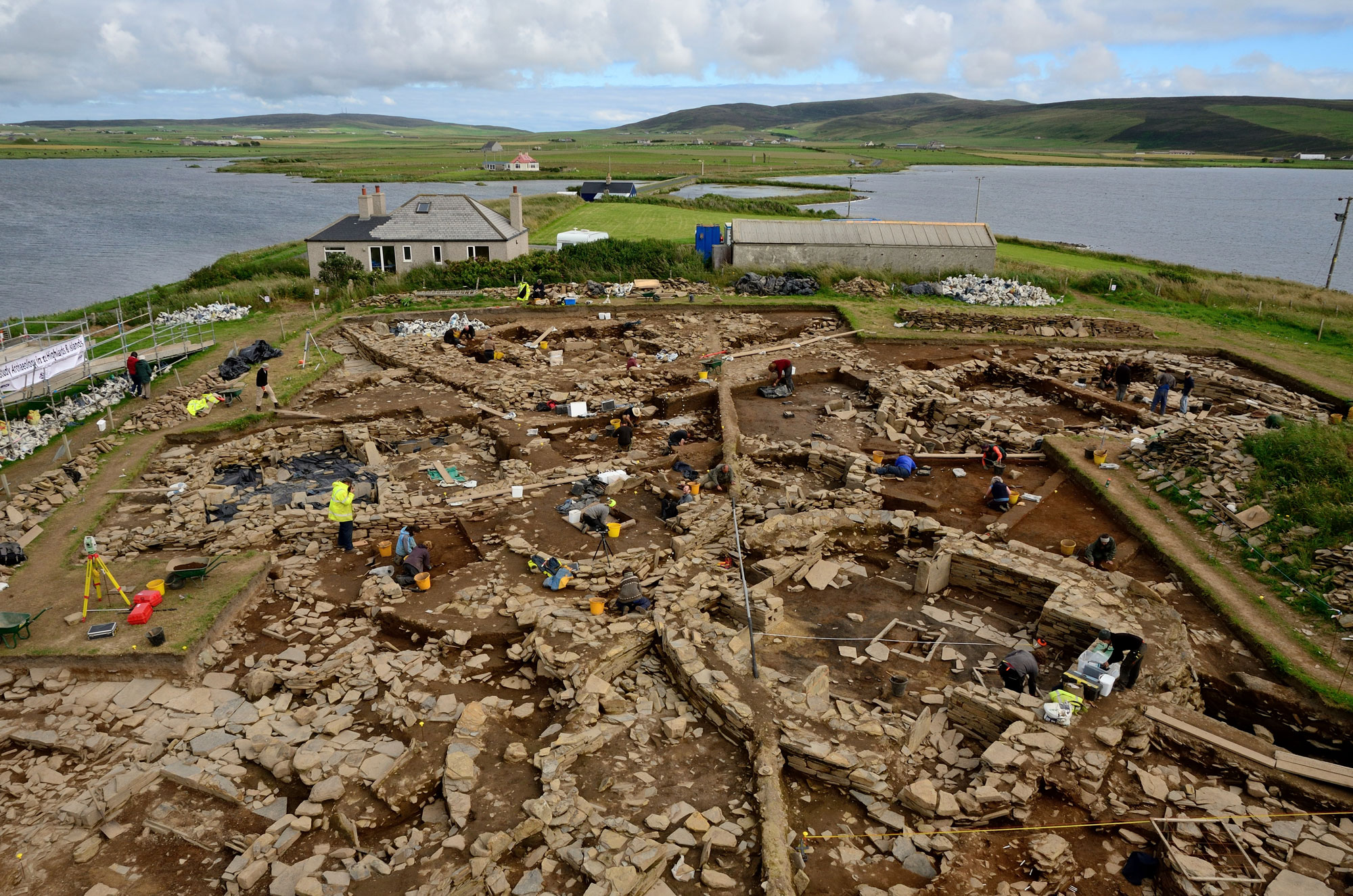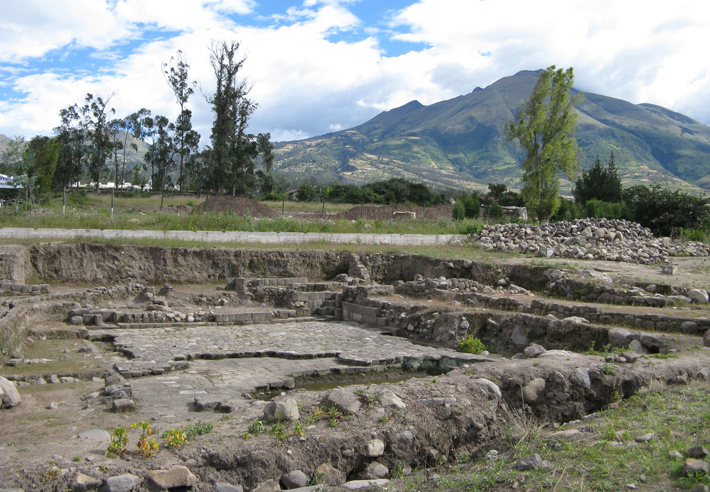
READING, ENGLAND—Evolutionary theorist Mark Pagel of the University of Reading, geneticist Eric Altschuler of the University of Medicine and Dentistry of New Jersey, and linguist Andreea S. Calude of the Santa Fe Institute and the University of Reading, applied techniques used by genetic researchers to the text of Homer’s Iliad to see if they could deduce when it was written. By choosing 173 concepts from the Iliad that are thought to appear in every language and culture, they were able to trace how those words changed from the language of the Hittites, through Homeric Greek, to modern Greek. “Languages behave just extraordinarily like genes. It is directly analogous,” said Pagel. The “linguistic mutations” suggest that the epic tale of the Trojan War was written down in the eighth century B.C., a date that fits with the work of traditional classicists.









